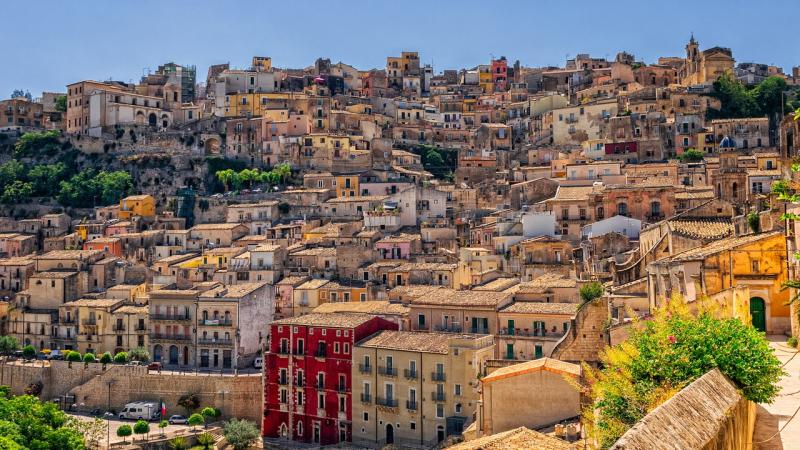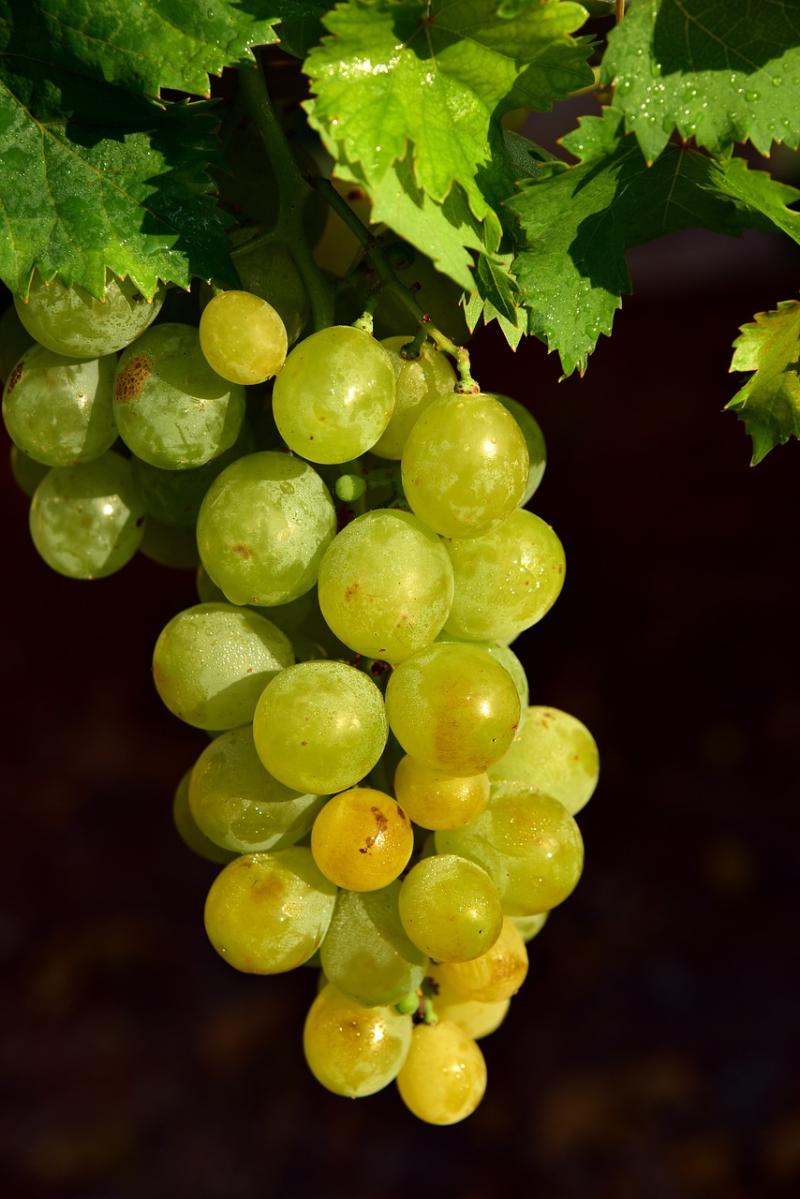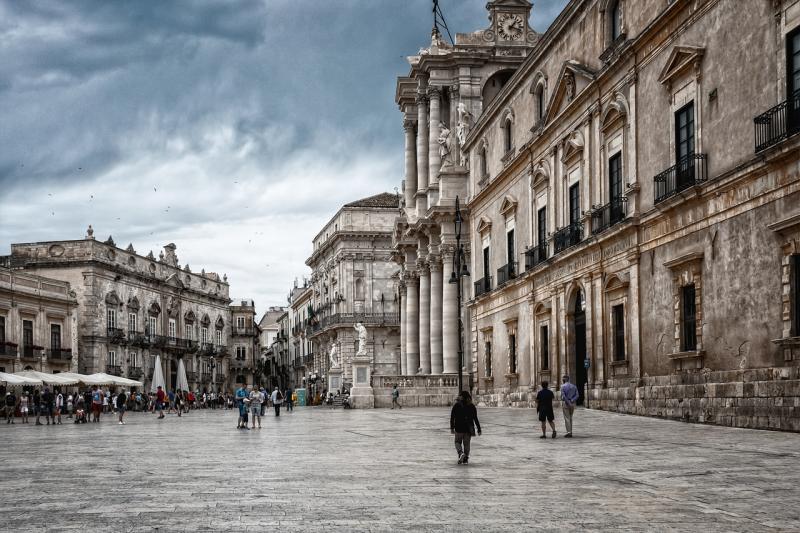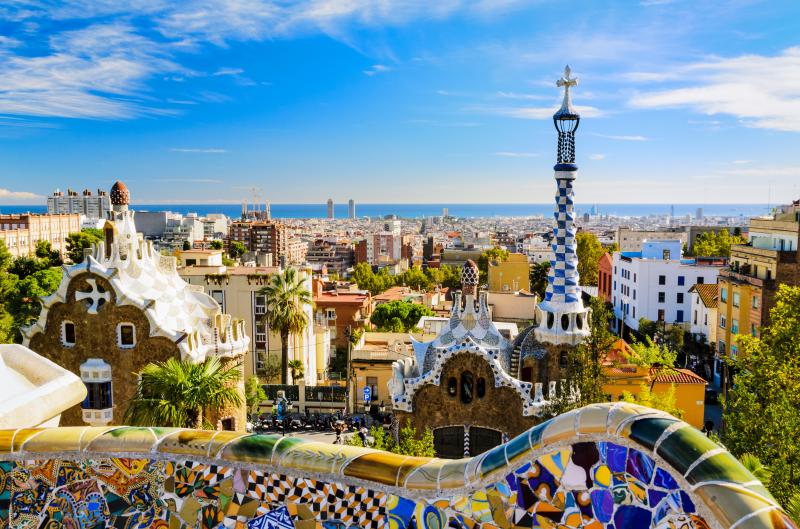View It
Visit It
Sicily
Italy
Visit Sicily
Sicily, the largest island in the Mediterranean Sea, is a compelling blend of rich history, vibrant culture, and breathtaking landscapes. This sun-drenched island, just off the southern tip of Italy, offers a unique travel experience with its dazzling array of natural wonders, ancient ruins, and lively cities. From the bustling streets of Palermo to the quiet charm of small coastal towns, Sicily invites travelers to explore its many facets.
The island's geography is as diverse as its history. The eastern coast is dominated by the majestic Mount Etna, Europe's highest and most active volcano, whose fertile slopes support vineyards and orchards. The surrounding landscapes range from serene beaches with crystal-clear waters to rugged mountains and rolling hills dotted with citrus groves. Sicily's natural beauty makes it a perfect destination for outdoor enthusiasts, whether you're interested in hiking, diving, or simply soaking up the sun on beaches like those at Cefalù or the Isola Bella.
Sicily's rich tapestry of history is evident in its archaeological sites and historic architecture. The Valley of the Temples in Agrigento is a UNESCO World Heritage site, featuring some of the best-preserved Ancient Greek buildings outside of Greece itself. In cities like Syracuse and Taormina, you can wander through ancient ruins or admire medieval churches and palaces. The island's complex history is also reflected in its cuisine, which incorporates a variety of flavors and techniques from the many cultures that have settled here over the millennia, including Greek, Arab, and Norman influences.
Culturally, Sicily offers a bustling calendar of events and festivals, which celebrate everything from classical music to chocolate. The island is also famous for its vibrant markets, such as Palermo's Ballarò and Vucciria, where the air is filled with the scent of fresh seafood, spices, and local cheeses. Whether you're exploring the artistic treasures of the Palazzo dei Normanni, enjoying a traditional puppet show, or savoring a glass of Nero d'Avola wine, Sicily provides an enriching, sensory-rich travel experience that combines the best of nature, history, and culture.
Sicily Monthly Weather Conditions
LOW
TEMP
HIGH
TEMP
DAYS OF PRECIP.
January
50°F
57°F
12
February
50°F
57°F
5
March
50°F
63°F
12
April
50°F
64°F
12
May
57°F
68°F
7
June
64°F
77°F
3
July
68°F
86°F
3
August
68°F
86°F
3
September
64°F
77°F
7
October
57°F
72°F
7
November
50°F
64°F
12
December
50°F
57°F
12
Need to Know Before You Go To Sicily
Find your Next Adventure in Sicily
Explore Sicily
- Mount Etna
Sicily is home to Mount Etna, one of the most active volcanoes in the world. It stands about 3,329 meters (10,922 feet) high, making it the highest volcano in Europe. Its frequent eruptions shape much of the island's landscape and fertility.
- Ancient History
Sicily has a complex history that dates back over 3,000 years. It was a significant cultural crossroads and has been ruled by Greeks, Romans, Arabs, Normans, and Spaniards, each leaving a distinct mark on the island's culture and architecture.
- The Valley of the Temples
Located in Agrigento, this is one of Sicily’s most famous historical attractions. It is one of the most outstanding examples of Greater Greece art and architecture, and is one of the main attractions of Sicily as well as a national monument of Italy.
- Sicilian Cuisine
Sicilian food is renowned for its diverse influences and flavors. Dishes such as Arancini (fried rice balls), Cannoli (a sweet ricotta-filled dessert), and Caponata (a sweet and sour eggplant dish) reflect the island’s rich culinary heritage.
- The Mafia
Sicily is historically known as the birthplace of the Mafia, an organized crime network with a long and complex history. Today, the island is also known for its anti-Mafia movement, which promotes legal justice and social awareness.
- The Sicilian Language
Sicilian is not just an Italian dialect but a separate language with its own rich literature and a history that dates back to the Middle Ages. It has been influenced by Greek, Arabic, French, and Spanish.
- Baroque Architecture
Cities like Noto, Modica, and Ragusa are famed for their exquisite Baroque architecture, a result of rebuilding after the devastating earthquake of 1693. These cities are part of the UNESCO World Heritage Site listing for the late Baroque towns of the Val di Noto.
- The Film "The Godfather"
Although set in the small Sicilian village of Corleone, much of the iconic film "The Godfather" was actually filmed in the villages of Savoca and Forza d'Agrò due to their more authentic feel.
- Almond Blossom Festival
Every spring, Agrigento hosts the Almond Blossom Festival, celebrating the coming of spring with traditional dances, music, and food, against the backdrop of almond trees in full bloom.
- Salt Pans
The salt pans of Trapani and Marsala are an important part of Sicily’s economy and are also a habitat for many species of birds, including flamingos. The ancient method of sea salt extraction is still practiced here, producing some of the best sea salts in the Mediterranean.
Featured Picture Gallery

Sicily is the Largest Mediterranean Island

Explore the Wine from Italy's Largest Wine Region

Spend Your Day Exploring the Historic Sicilian Villages

Experience the Ancient Artifacts in Syracuse, Sicily
Explore Similar Locations
Barcelona

Crete

Tuscany

Dalmatia

